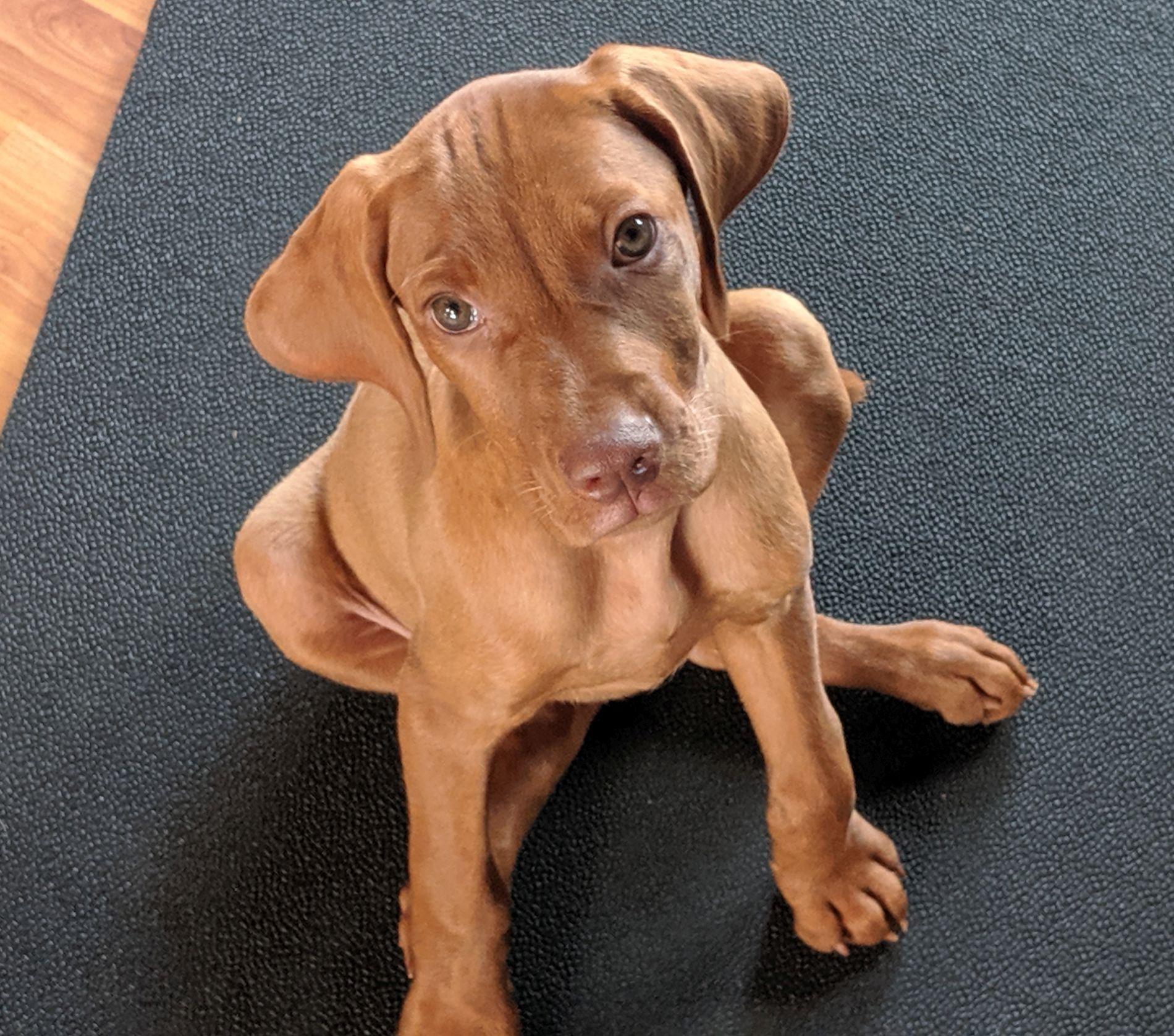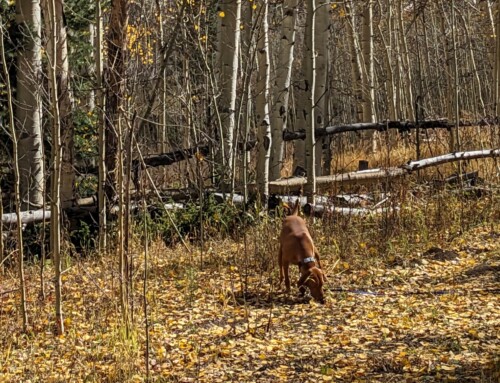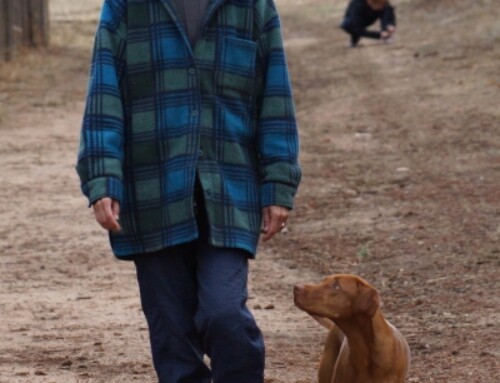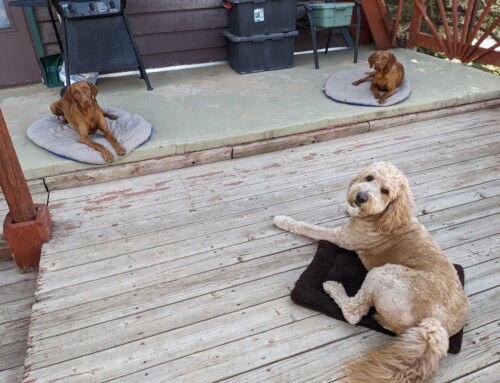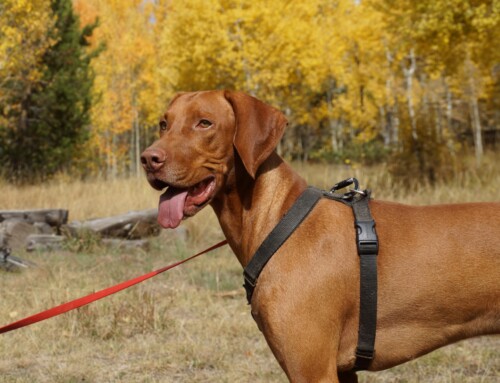DOG TRAINING OFFERED IN-PERSON AND ONLINEOur dog training services are delivered in almost any format that meets your needs. We have GROUP CLASSES at our indoor and outdoor facilities on our farm, ONLINE LIVE STREAMING classes, and SELF-PACED VIDEO-BASED training through our Online Dog Training Course. Our PRIVATE TRAININGS can be done in-home, outside, in public dog-friendly locations, at our facility on our farm, online via phone or video conferencing and through email. |
Most of you know that we planned to bring Zooka home to big sister, Zuzu. After we lost Romeo in May 2018, we knew we would be finding a sibling for Zuzu once we'd had a chance to mourn his loss.
We wrote a similar post about adjusting to a new sibling back when we first brought Zuzu home when Romeo was already here.
It typically takes me about a year to mourn before I am ready to add a new member to the household. Knowing that, and knowing I needed to plan ahead, we found and applied for a puppy with our breeder of choice back in September of 2018.
Zooka was born in May 2019, and we planned to bring him home in early July 2019.
Everything was going as planned until two weeks before our planned trip to pick him up. Zuzu fell sick suddenly and, the day we were scheduled to be picking up Zooka, we lost our beloved Zuzu.
So our little brother/big sister plan was not to be.
If things had gone as planned, here's some of what we would have done.
For starters, when we first arrived home, I would have had Ed hang out with Zooka outside while I went in and greeted Zuzu alone. Your resident dog should not be bombarded with a puppy when you first walk in the door.
Take the time to greet your resident dog as you would when you arrive home from being away, especially if it's been an overnight or longer trip.
Then take the resident dog outside or somewhere else before bringing in your new pup. Let your pup check things out first. Remember, literally EVERYTHING here is new to your pup!
Hopefully, you gave your pup a chance to potty outside before coming in. If not, you might need to head to the backyard first. As long as your resident dog is safely confined elsewhere.
Let your pup check things out and sniff around – at least in the area you will be keeping them for now.
Our pups are confined to a small area of the house to start. Free run of the house does not happen for a while!
Before Zuzu fell sick, we had planned to get everything set up for the pup before we left so that she had a chance to acclimate to the changes (a new kennel, ex-pens, new food bowls, toys for the pup, etc.) BEFORE the pup arrived. We don't want the resident dog to feel overwhelmed by too many changes at once.
And we don't want all of the changes to be associated with the new guy in case the resident dog does not adapt well to change.
You might have already figured out the dogs actually have already been introduced through SMELL before meeting face-to-face. When I first went in to greet the resident dog, I had puppy smells all over me.
And when the pup came in the house, the resident dog smells where all over. Especially on the dog beds, dog toys, etc.
The actual introduction face-to-face will depend on the dogs you have. If the resident dog is very friendly with other dogs, LOVES puppies, and is not territorial about the house and the stuff in the house, then a face-to-face meeting will be less concerning.
If your resident dog does not LOVE puppies, or is not used to puppies, even if they are friendly with adult dogs, be cautious in your approach.
Remember, you cannot reverse things if you do not make a good impression at first! That first impression is pretty important. Err on the side of caution if you have ANY concerns.
First meetings are best done with lots of space. Outside is typically best.
Could be on leash or through a gate/fence/ex-pen.
Best to introduce AFTER everyone has burned off some energy and is fairly calm.
Again, unless your dog LOVES puppies and you can allow them to meet off-leash and face-to-face out in your back yard.
Keep in mind sizes, as well. The larger the size difference, the more cautious you should be about someone accidentally getting hurt by getting stepped on or such.
Keep things low key if you have any concerns. Let them gradually acclimate.
Keep an eye on the body language of everyone, especially the resident dog. Dogs should be very loose and “soft” in their body language. You want to see easy wagging tails, soft squinty eyes, happy “smiling” mouths, bouncy body language, play bows.
Be extra cautious if you see a lot of hard fixed staring, stiff body language, stiff high flagging tail, any growling, or other signs that your dog does not look HAPPY about the situation.
If you do see any of the above signs, BACK OFF! Separate the dogs and slow things down. Take more time to acclimate via smells and from a distance. Get dogs used to seeing each other from a safe distance for a bit before trying again.
If anyone is not good at sharing toys, water, etc., then give everyone separate stuff for now and keep everyone safely separated. Able to hear and see the other but not get directly to the other one.
Take things slowly and associate positive things with the other. Perhaps everyone gets some tasty treats, but safely on the other side of a gate for now. Reward everyone for taking turns getting treats. Reward the resident dog for letting the puppy play with a toy and not trying to take it away.
The less you know about how your resident dog will do with a puppy, the more cautious and slowly you should take things.
If you have an elderly resident dog, also be very careful that your pup is not too rowdy with the elder dog. Same goes for a much smaller older dog and a much larger breed puppy.
In some cases, it won't be a big deal and everyone will get along great. But if you have any concerns, take your time and make sure everyone eases into things gradually.
Don't be afraid to use lots of baby gates, ex-pens, crate and leashes to manage things really carefully for a while. It will seem harder and more laborious at first. But in the long run, it will make things so much easier.
And we hope that your resident dog and new pup will be the best of friends for years to come!
For more on this subject, please visit this link.
Our goal is to positively impact the lives of as many dogs and their families as we can, in part through our extensive library of video, infographics and text articles. 
|

